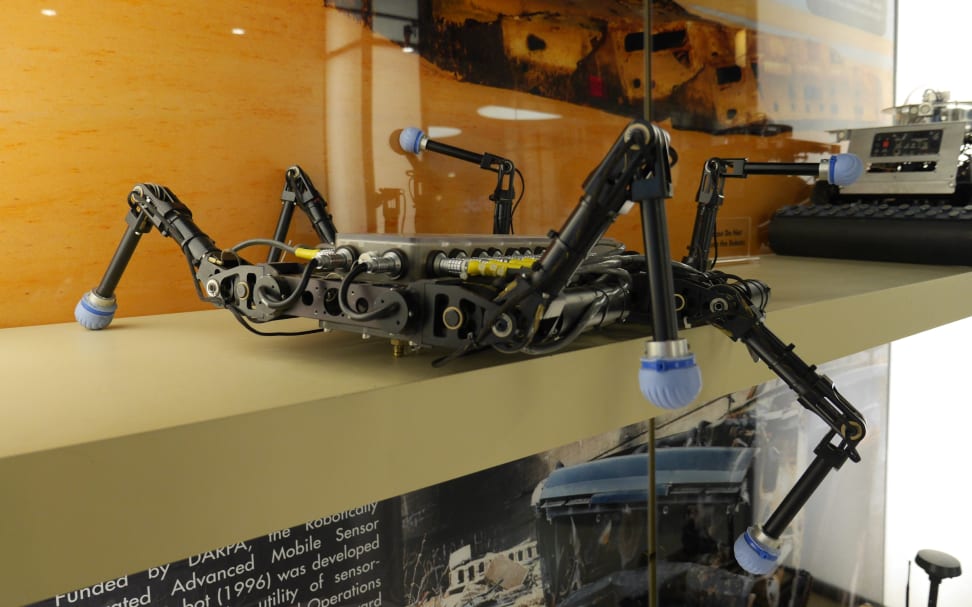 Credit:
Credit:
Recommendations are independently chosen by Reviewed's editors. Purchases made through the links below may earn us and our publishing partners a commission.
Looking at the emerging drone market, the new Tesla D, and NASA’s Curiosity Rover, you might conclude that the global robotics industry is going strong. But according to the CEO of one of the most-well known robotics companies in the world, progress has been frustratingly slow.
Earlier this month, at the RoboBusiness conference in Boston, iRobot CEO Colin Angle told Computerworld that the robotics space is currently “none of the way there” in terms of building an industry that doesn’t serve as “an interesting adjunct to another industry.”
iRobot is perhaps best known as the maker of the popular Roomba vacuum cleaners, but the company also produces robots for the military, including the PackBot—a modular bomb disposal unit that was used extensively in Iraq and Afghanistan, and was credited with saving many soldiers’ lives.
While Angle did express pride for helping to revolutionize the vacuum industry, where robotic vacuums now contribute 18 percent of sales, the overall state of the market is “disappointing.”
“Twenty-five years has passed since we started and we've accomplished... I won't say nothing,” Angle told the source. “We're starting to see the next generation of manufacturing robots, but that's still relatively early.”
{{brightcove '3726860943001'}}
It’s a concern shared by many experts. The temptation is to look at the meteoric rise of personal computers and internet services, and assume the same trajectory would apply to the robotics industry. But the practicality of robots in day to day life—not to mention the barrier of public acceptance—poses a greater challenge to growth.
Poor funding, a dearth of profitable ideas, and lackluster public support are three major obstacles to growth, Angle added.
Some experts point to the democratization of manufacturing through technologies like 3D printing as a possible source of innovation in the field. But concerns that robots will destroy the labor force continue to dog the entire industry.
If the most dire predictions play out, virtually all service sector employees have good reason to fear the machines. Even as a reporter, I can’t say with confidence that my own profession is safe from automation.
Via: Computerworld

